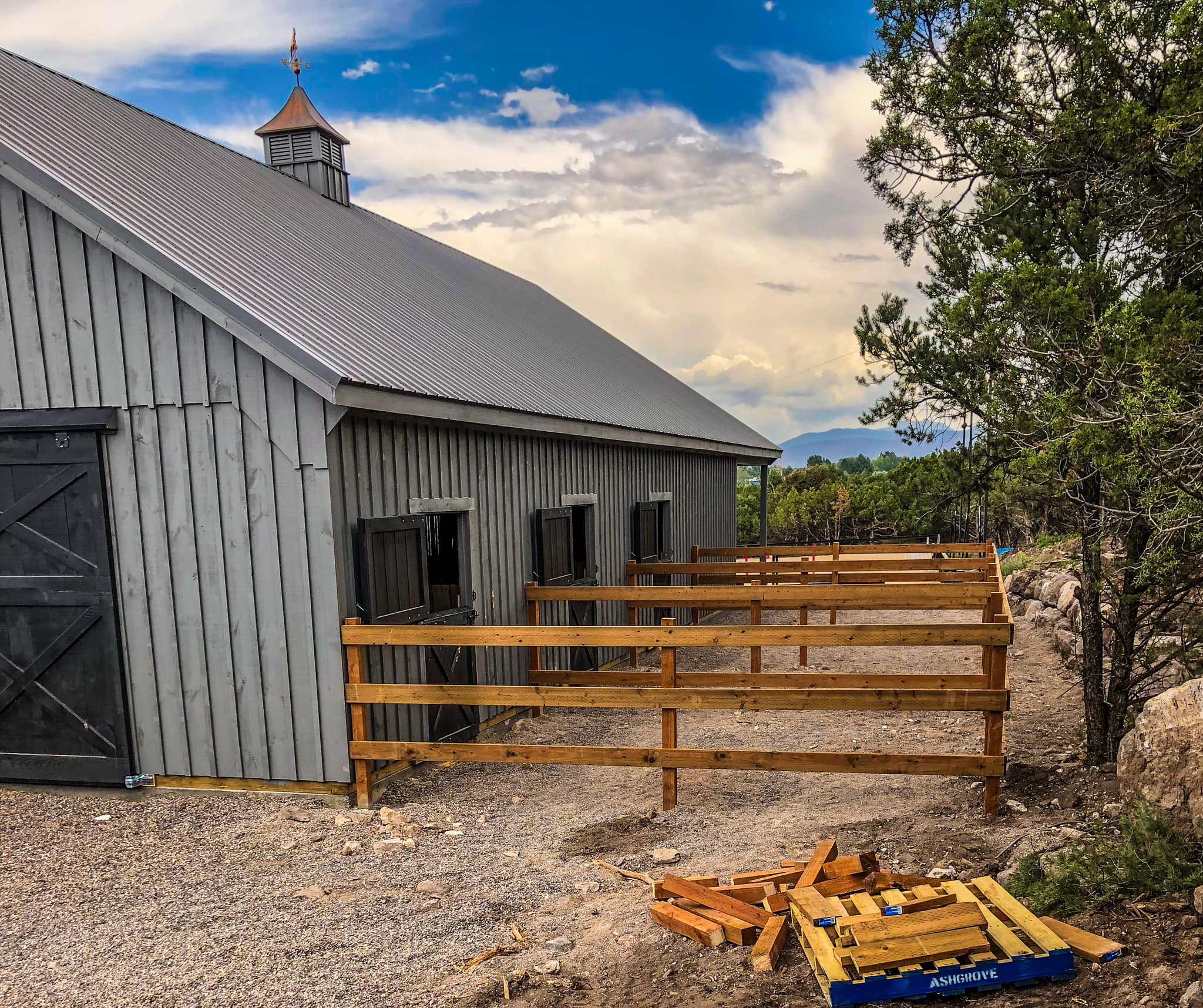
Exploring Eco-Friendly Fencing Options for a Sustainable Future Jul 04, 2025
One of the leading choices for sustainable fencing is bamboo. Known for its rapid growth, bamboo is a renewable resource that is both strong and flexible. It offers a natural look that easily blends with outdoor spaces. Additionally, bamboo’s resilience to weathering and pests makes it an effective and long-lasting option, reducing the need for frequent replacements and minimizing waste.
Reclaimed wood fencing also stands out as an excellent eco-friendly choice. This involves using wood that has been previously used in construction or manufacturing and repurposing it for fencing. Not only does this practice conserve forests by reducing the demand for new wood, but it also provides a rustic and unique aesthetic, with each piece of wood telling its own story. Burton Fencing sources high-quality reclaimed wood to ensure durability and a stunning finish.
Composite fencing is another sustainable option to consider. Made from a blend of recycled wood fibers and plastic, composite fencing replicates the appearance of wood while offering enhanced durability. It does not splinter or warp and requires minimal maintenance. The use of recycled materials significantly reduces the environmental impact, aligning with eco-friendly goals.
Metal fencing, particularly aluminum, provides a sustainable alternative as well. Aluminum is highly recyclable and maintaining aluminum fences is hassle-free, which extends their life span. This makes aluminum fencing a cost-effective and environmentally sound choice. Homeowners can opt for metal fencing that incorporates reclaimed materials, further supporting sustainability efforts.
Living fences, such as hedges or shrubs, are a natural way to create boundaries. These 'green fences' not only reduce carbon footprints by absorbing carbon dioxide but also provide habitats for wildlife. Living fences contribute to biodiversity and create a natural aesthetic that many homeowners find appealing. However, it's important to consider growth rate and maintenance requirements when choosing this option for your landscaping.
Choosing eco-friendly fence paints and stains is another way to make your fencing project more sustainable. Eco-friendly coatings are usually free of harmful chemicals and VOCs (volatile organic compounds), which can be detrimental to the environment. Using these products can help protect natural resources and provide a non-toxic environment for your family.
Before deciding on the best sustainable fencing option, it's crucial to assess your specific needs, including climate conditions, desired aesthetics, budget, and maintenance expectations. Every fencing material has its unique benefits, and understanding these can help you make an informed decision that aligns with your environmental values.
In conclusion, embracing eco-friendly fencing materials is an effective step towards a more sustainable future. Burton Fencing is committed to guiding you through eco-conscious choices that enhance your property while protecting the planet. Adopting these sustainable options not only benefits the environment but also adds unique character and enduring value to your home. Make the choice today to invest in a sustainable tomorrow with Burton Fencing.
/filters:no_upscale()/media/96d67f8b-8a48-4f8b-9daf-c16eaf1ab0c3.jpg)
/filters:no_upscale()/filters:format(webp)/media/09bf9cdf-d532-470e-ab85-269cf6ab92c1.jpg)